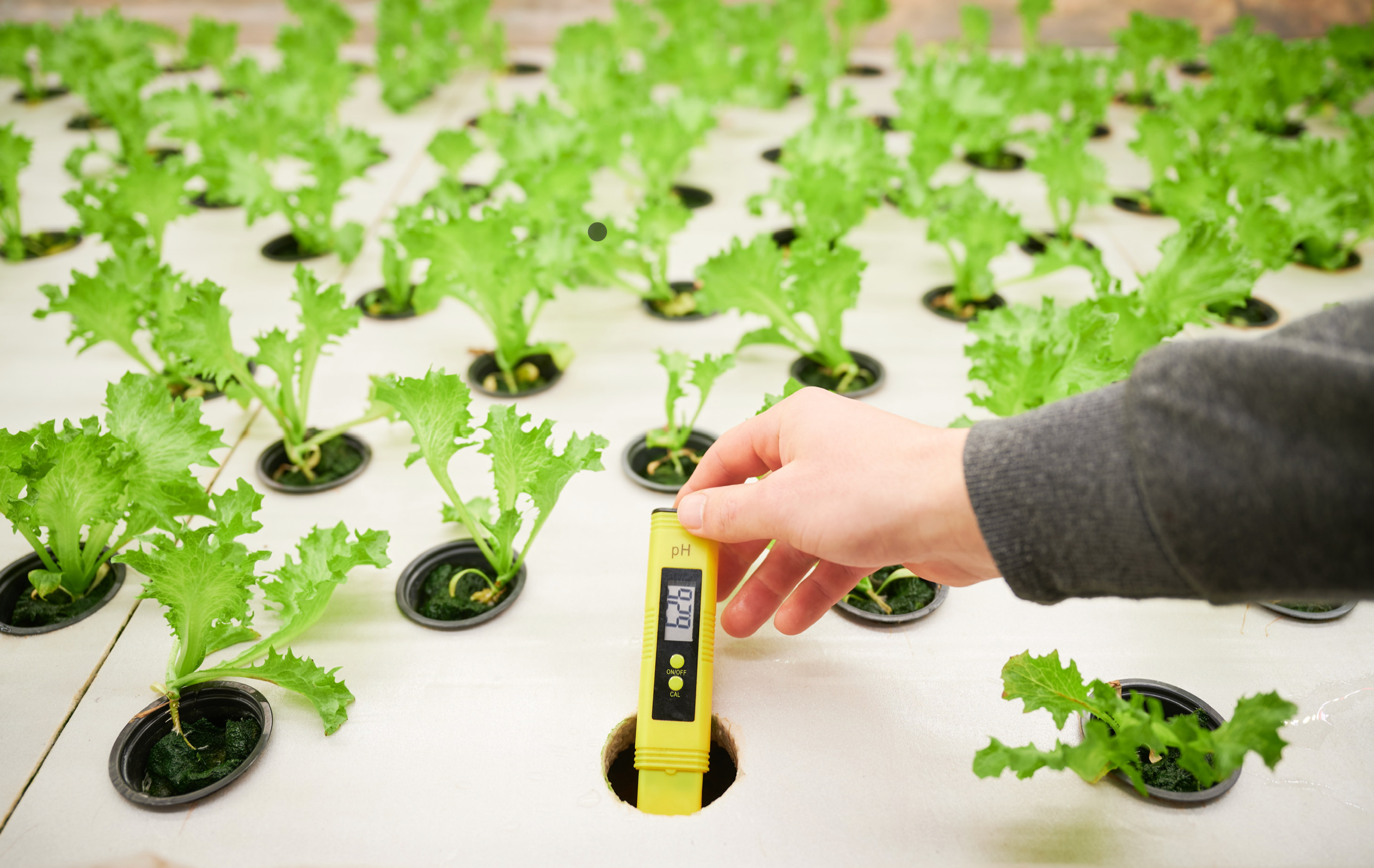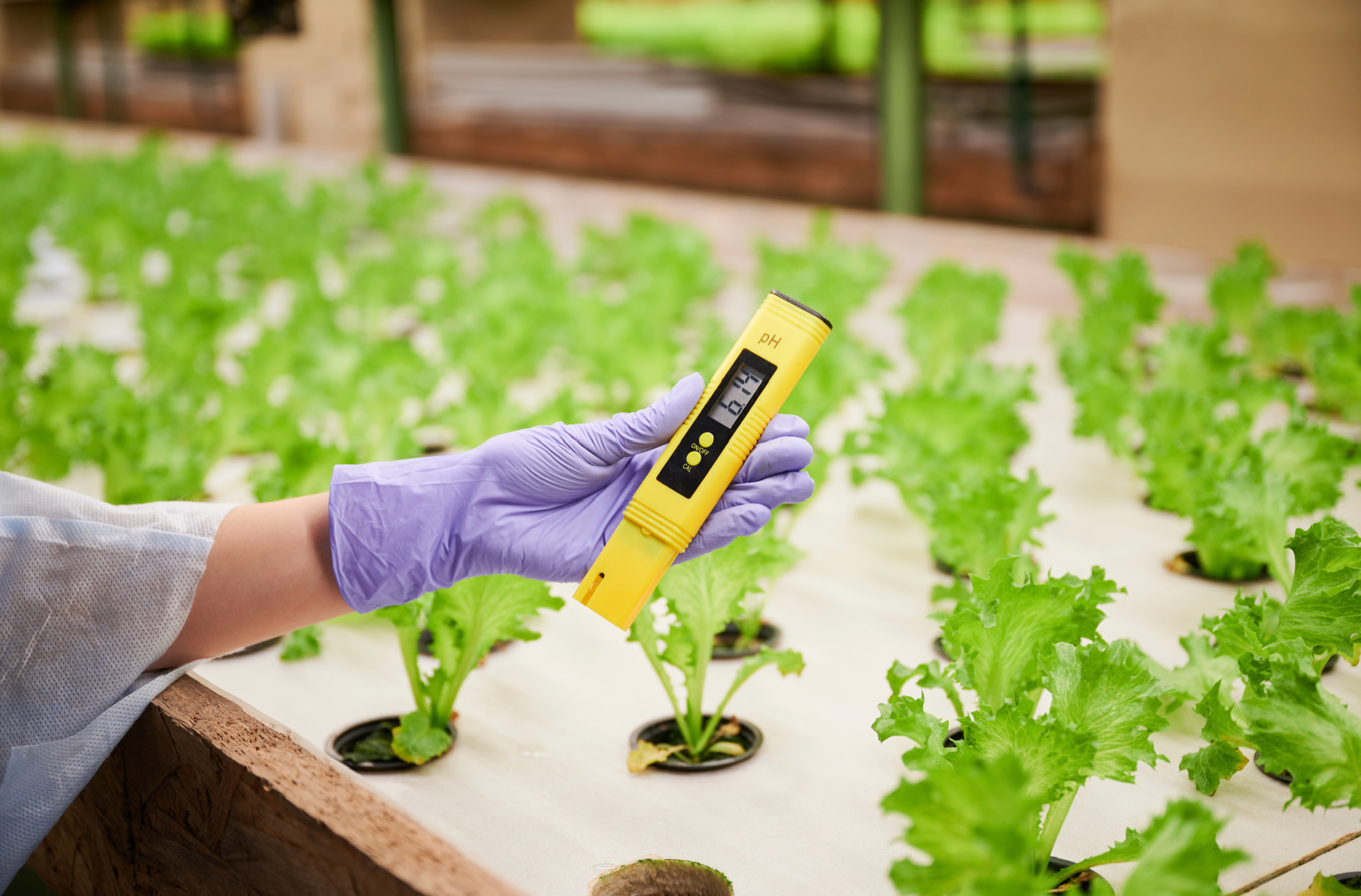Air Exchange: Intake and Exhaust Fans for Grow Tents

Create The Ideal Environment for Your Grow Tent using an Intake and Exhaust Fan
One of the most important parts of the indoor grow tent is air exchange. If you do not have vents in your tent, the air inside will stagnate and a couple of things will happen, all of which will kill or stunt your plant. Your plant, during its daylight hours, is taking in carbon dioxide and transforming it to oxygen. It’s also uptaking water and transpiring it out of the leaves. These two processes cause a buildup of humidity and oxygen, both of which you need to remove from the tent and replace with fresh air.
Air exchange happens when you have two holes in your grow tent and two fans. One, called the exhaust fan, is drawing air out of your tent. This is like the exhaust fan you probably have in your bathroom which pulls out humidity and odors. The exhaust fan in the tent will do the same thing.
Because you are pulling air out of the tent which is a closed system, you must also pipe fresh air in. This happens through another hole with an intake fan. This is the fan that brings fresh air into your plants.
The intake and exhaust fans need some kind of housing, or venting. Most grow tent kits either come with the venting and fans, or you can buy a setup separately. You may want to find one inline fan that both pulls air in and exhausts it.
As you now know, the exhaust fan is also drawing odor out of the tent. If you have a particularly smelly plant, you may want to put a carbon filter on your exhaust fan. This will filter the air on its way out of the tent, and it will come out smelling neutral.
Finally, you should consider setting up an oscillating fan in your grow tent. This fan helps to move the air around the plants, like wind outside. Remember, the whole point of a grow tent is to mimic the perfect outdoor conditions for your plant, which includes wind. You definitely want the fan to oscillate so it’s not just pointed at one plant the whole time. Make sure the fan is the appropriate size for your tent, and I’d recommend putting it on the lowest setting. A breeze is nice, but too much wind can kill tender leaves and break stems.

Some people recommend keeping the fans on 24 hours a day, but I feel fine about turning them off when the lights are off. Plants aren’t doing much when they don’t have any light so they don’t need active air circulation. You could even put the lights and fans on the same timer. And if you ever lose electricity you could manually open and shut the tent a number of times to move the air around, or just keep the door open until your fans come back on.
Intake, exhaust and oscillating fans are crucial for the health of your plants. A grow tent without fans is just a tent!
For more great content check out the Proponics YouTube channel below!





